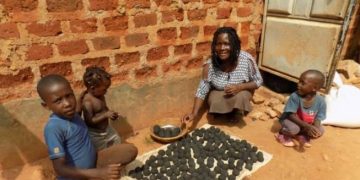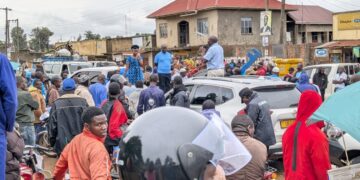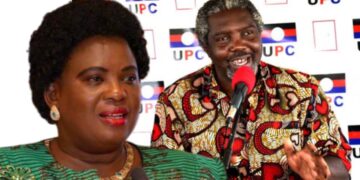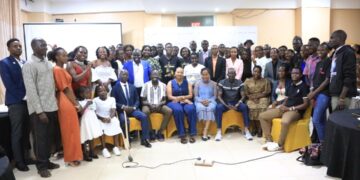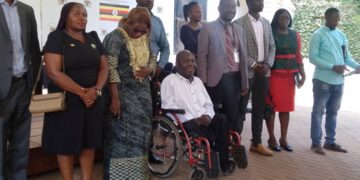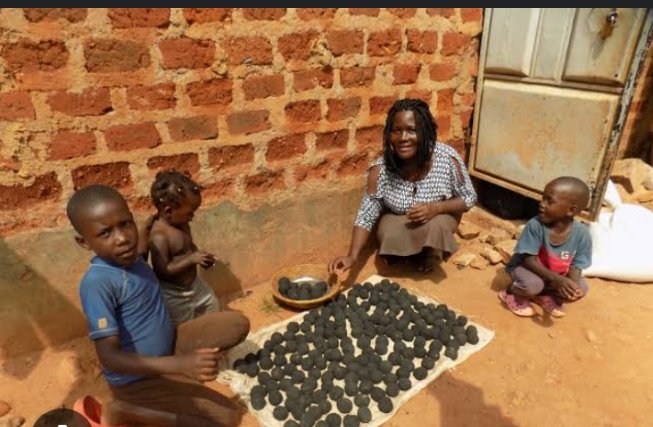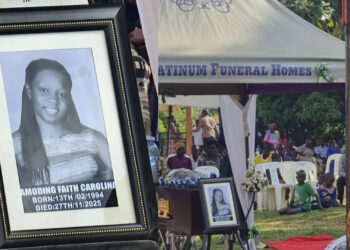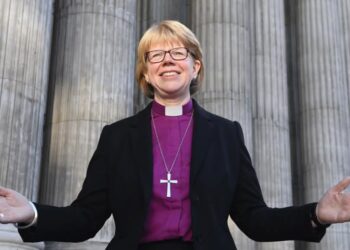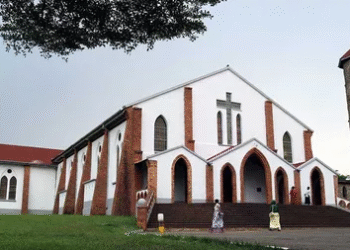It is time to invest in women as a strong force for change, leading the way to a more sustainable future, Shallon Ainembabazi, Programs Officer WoGEM Uganda.
OPINION
Women and girls disproportionately face more impacts from climate change because climate crisis does not affect everyone equally. Largely, they make up the majority of the world poor, especially those who are highly dependent on local natural resources for their livelihood.
Particularly in rural areas where the marginalised women and girls are often responsible for securing food, water during scarcity, and firewood for their families. During times of drought and heavy rains, these women and girls work harder, walk longer distances and spend more time securing income and resources for their families which has exposed them to increased risks of gender-based violence as climate change exacerbates existing conflicts, inequalities, and vulnerabilities. When extreme weather disasters strike or hits women and girls are 14 times more likely to die than men due to limited access to information about disaster adaptation and mitigation practices, limited decision-making processes, and resources. An estimated 4 out of 5 people displaced by the impacts of climate change are women and girls. Climate crisis has disrupted essential services during displacement, including sexual and reproductive health care bringing the negative impacts for women and girls. Awareness Campaigns that challenge gender stereotypes and highlight women’s contributions to climate action should be carried out so as to shift societal norms and inspire broader participation.
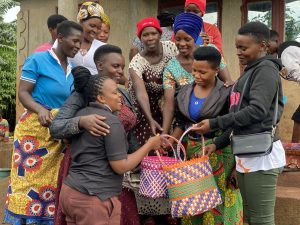
Given their position on the front lines of the climate crisis, women are uniquely situated to be agents of change. Women are responsible for half of the world’s food production. In Uganda, they produce even up to 80 per cent of food. As women farmers they have learnt how to cope with and adapt to climate change, for example, by practicing sustainable agriculture in harmony with nature, planting climate -resistant crops and practicing reafforestation as a way to curb climate change. women and girls should be encouraged to champion environmental conservation by bringing invaluable local knowledge and practices that build resilience in a changing climate, for example, by preserving crop biodiversity and seed varieties, protecting pollinators and local bee populations, using natural soil building and fertilization methods, or leaving forests intact.
Furthermore, Women and girls also carry out at least two and a half times more unpaid household and care work than men and when climate disasters hit such as floods, wildfires, droughts and storms women take on additional burdens. After a disaster, women and girls are responsible for caring the sick and injured providing support for their families and helping communities recover and rebuild forcing girls and young women get out of school and yet even though women and girls are disproportionately impacted by disasters, their leaders in post-disaster recovery they tend to largely exclude them from shaping policies, strategies, and programmes to address disaster risk and resilience. Having women actively involved in decision-making is critical to recovery and reconstruction efforts. Fully utilizing women’s capacities, knowledge, and skills when preparing for and recovering from disasters can help identify disaster risks and build security for families and communities.
Women and girls including students, activists, indigenous women, and influencers have been leading global and national climate movements that have put an attention on the urgency of the climate crisis and the need for action for future generations.

Additionally, women and girls drive 80 per cent of all consumer purchasing decisions, leading the transition to more sustainable lifestyles. Women are more likely to recycle, minimize waste, buy organic food and make eco-friendly products such as reusable bags and reusable sanitary towels for girls. They are also increasingly contributing to the renewable energy sector for example they are making charcoal briquettes as the alternative source of fossil fuel. Investing in women’s education and providing access to finance, technology, and training can empower them to lead climate solutions.
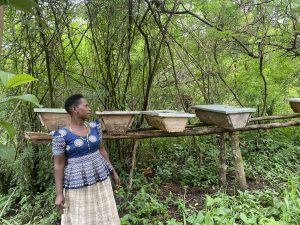
Together we can work towards dismantling the barriers that hinder women’s participation and create an environment where they can thrive as agents of change.
It is time to invest in women as a strong force for change, leading the way to a more sustainable future.
By Shallon Ainembabazi, the writer is a Programs officer at Women for Green Economy Movement Uganda.
